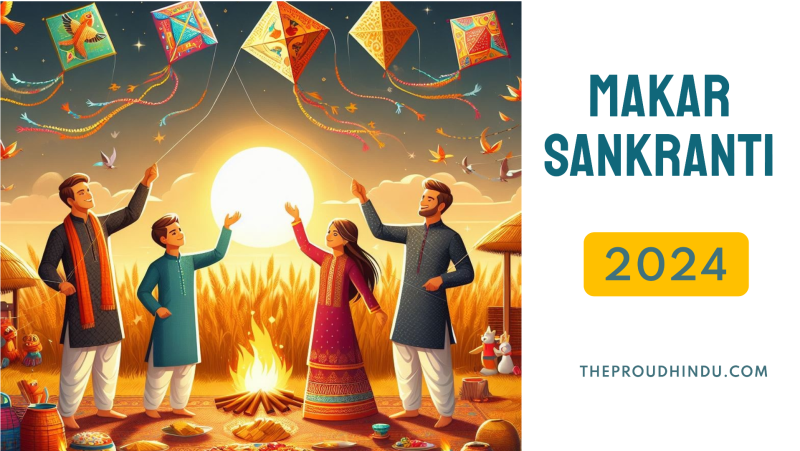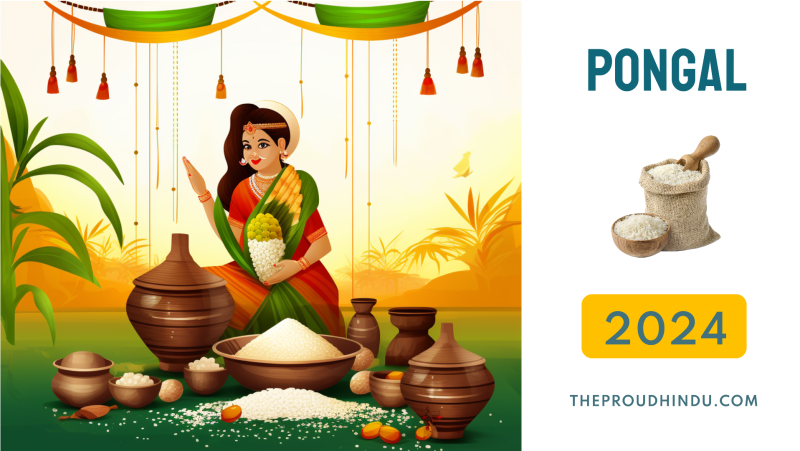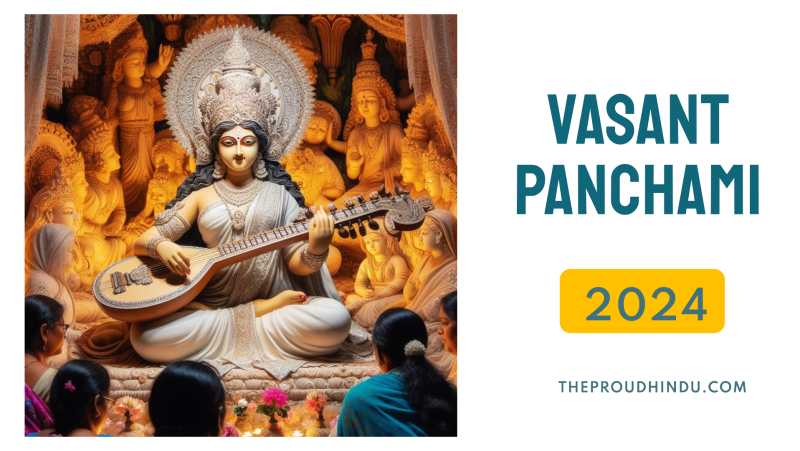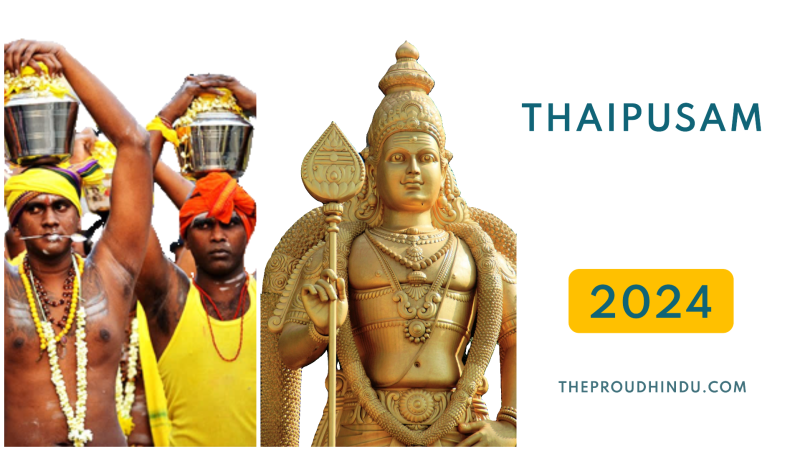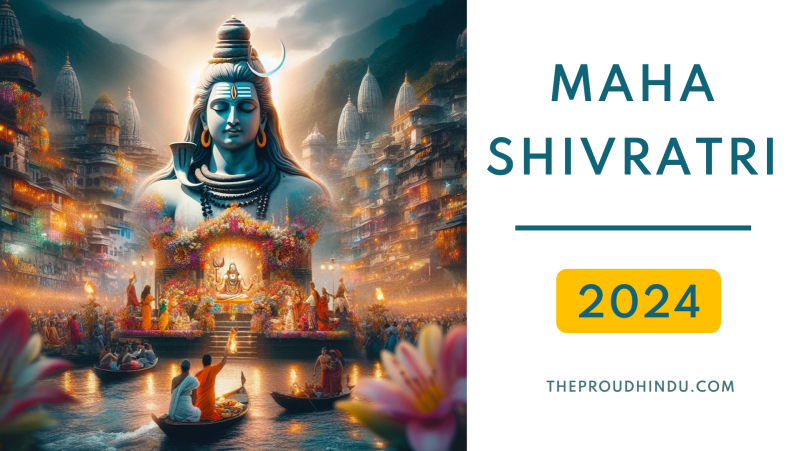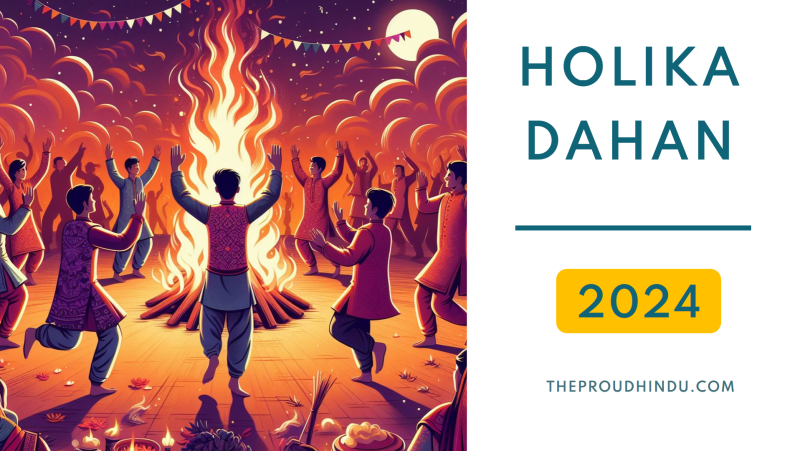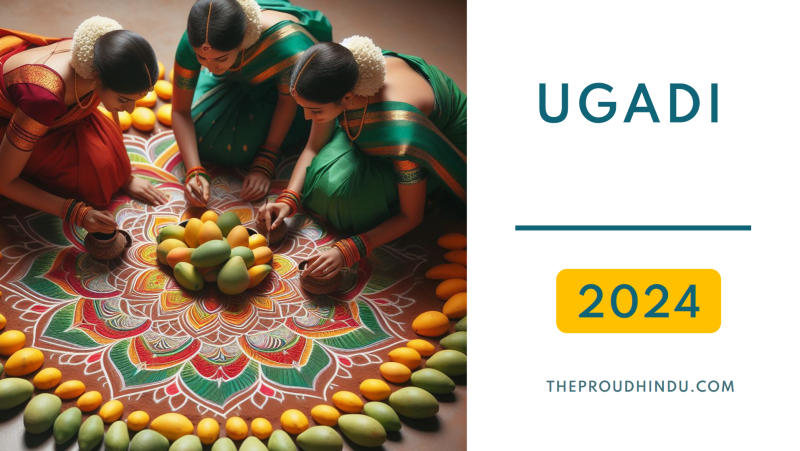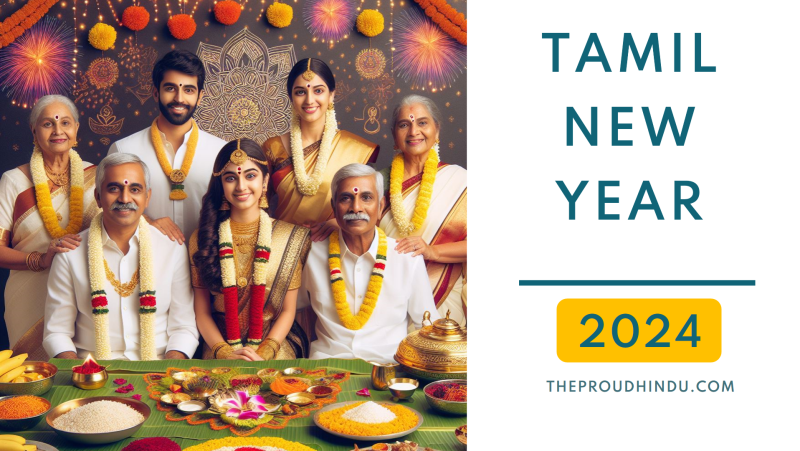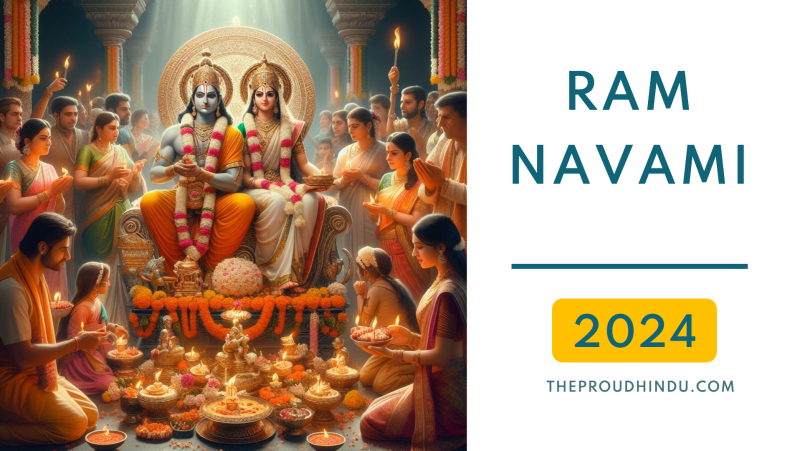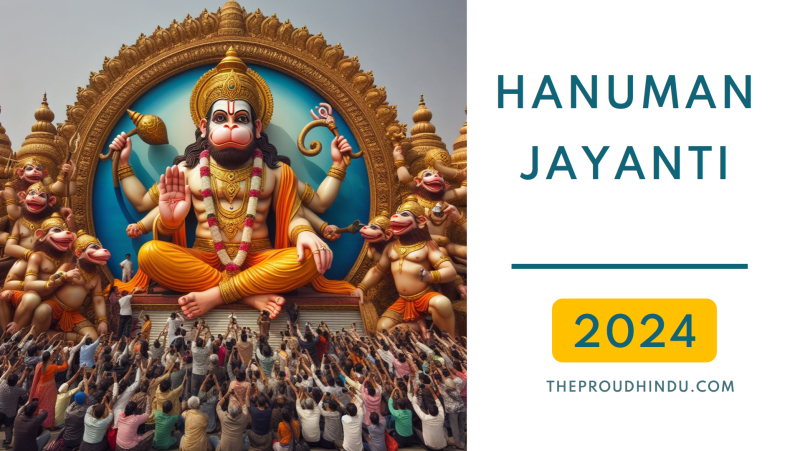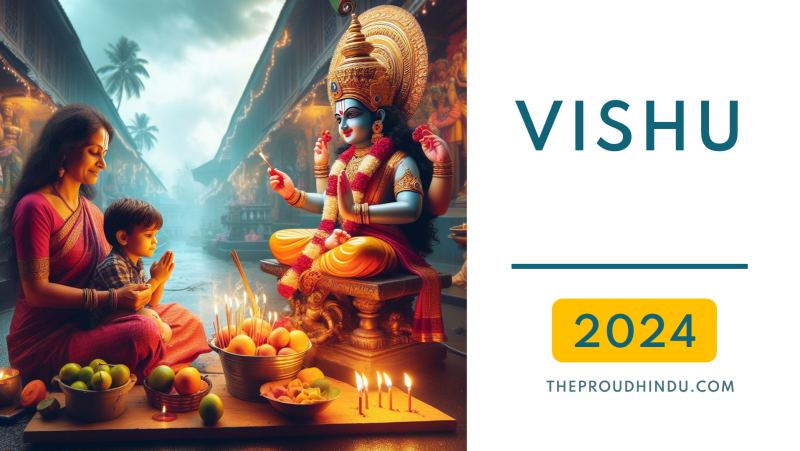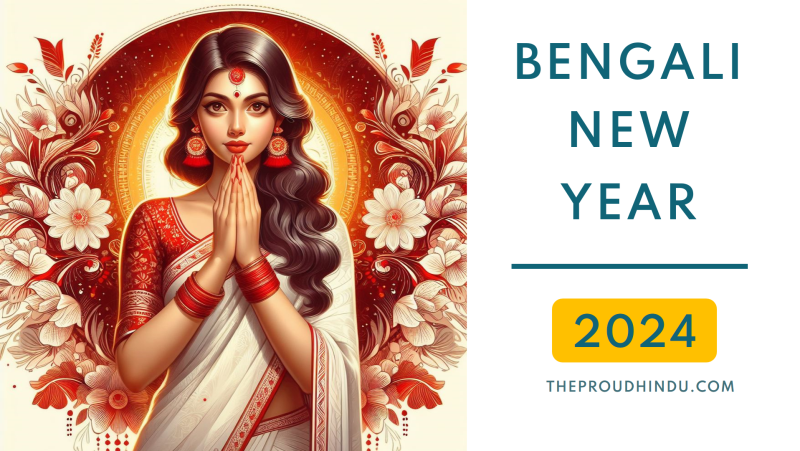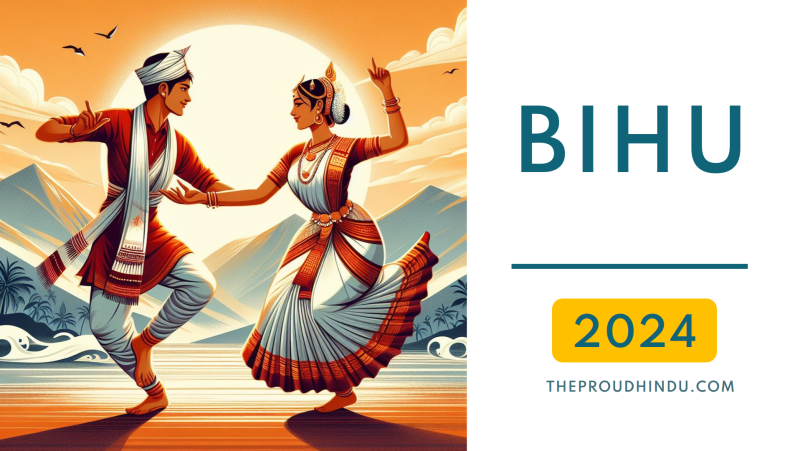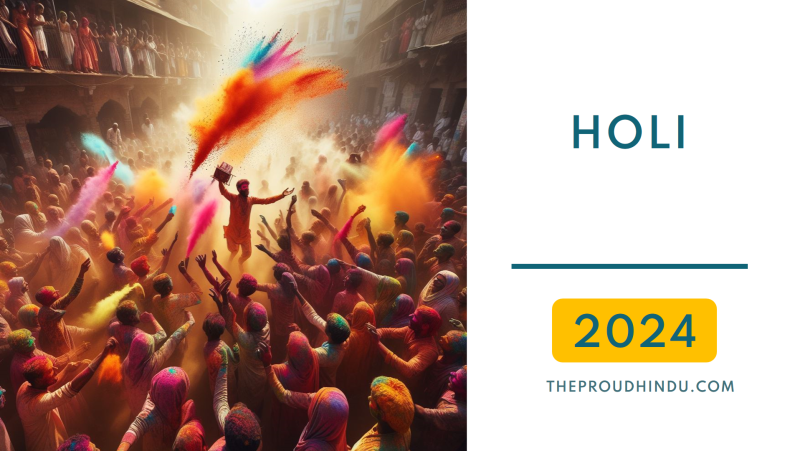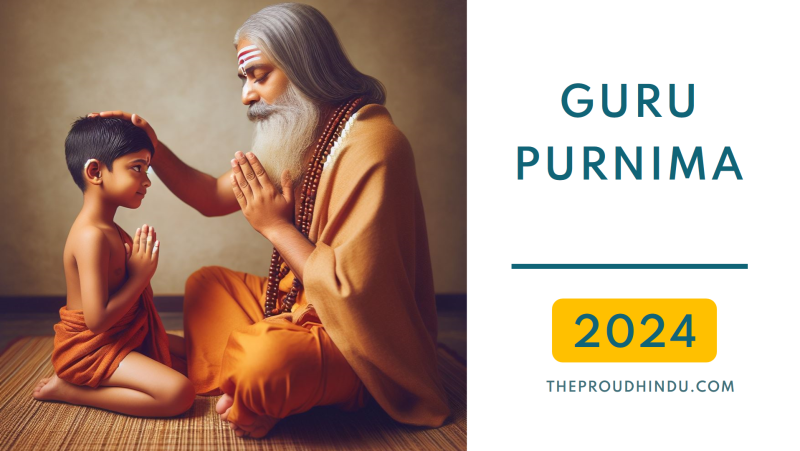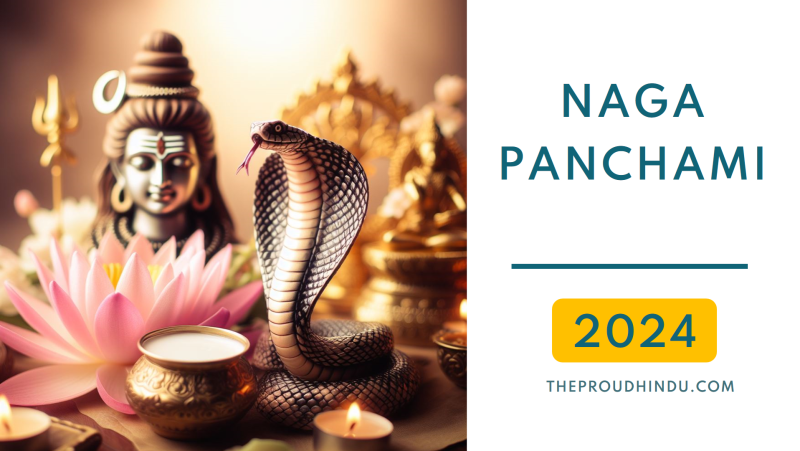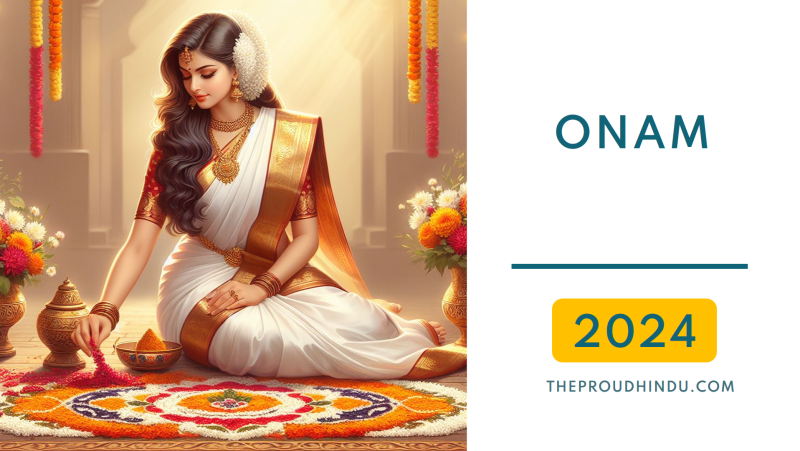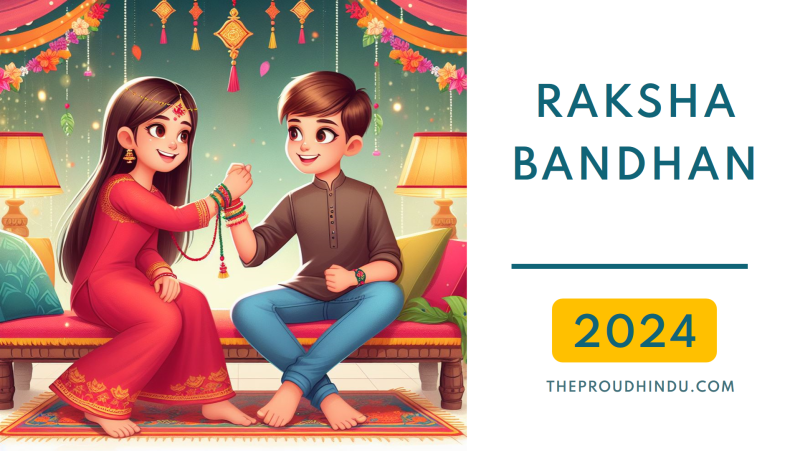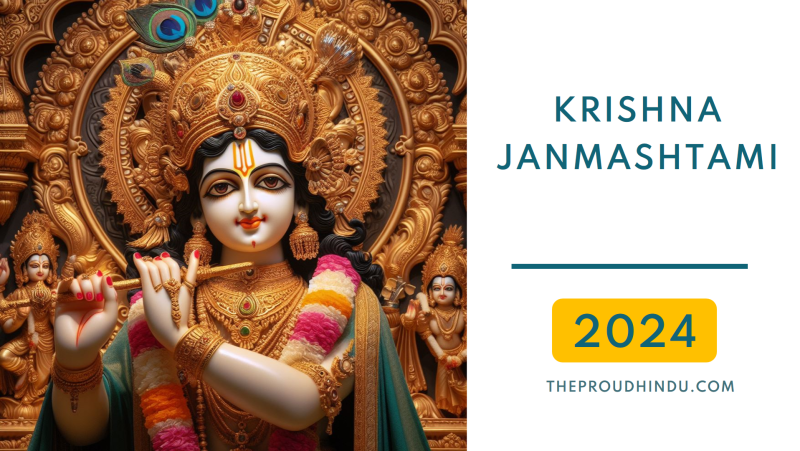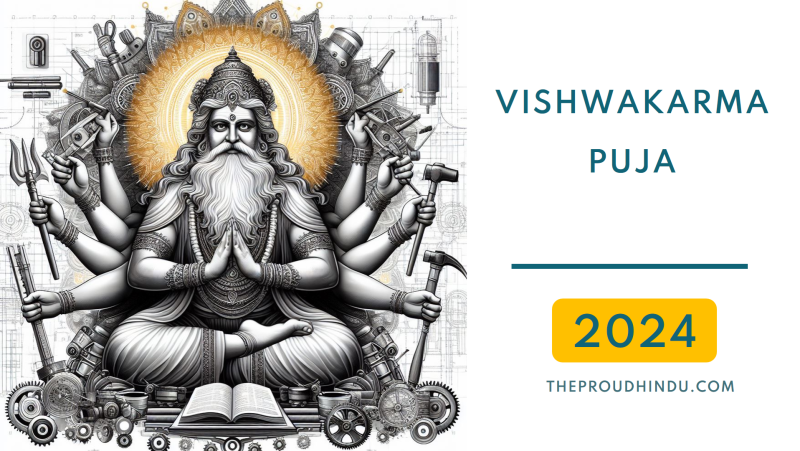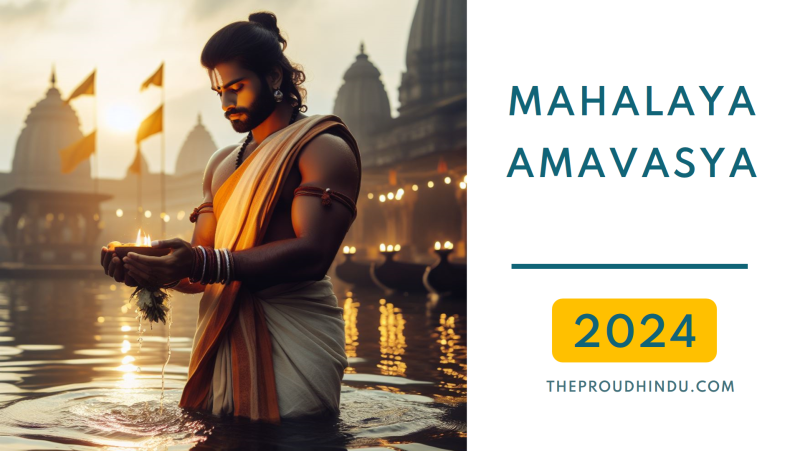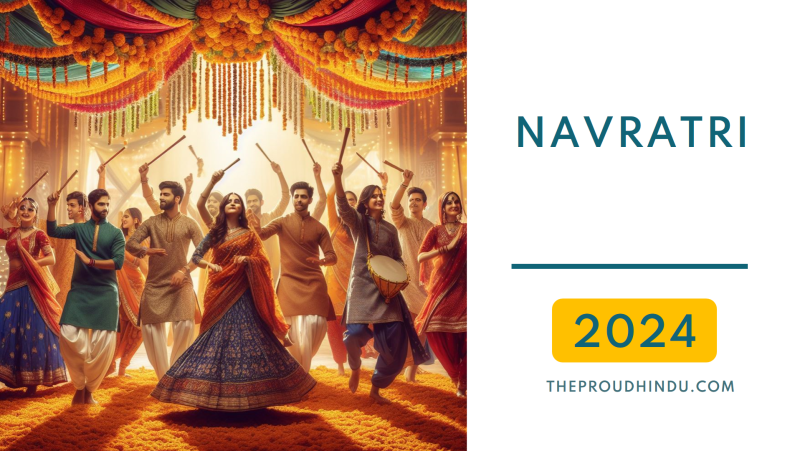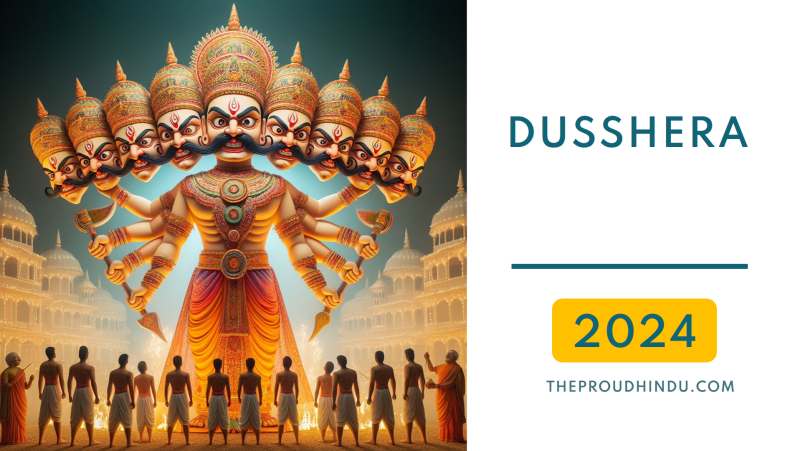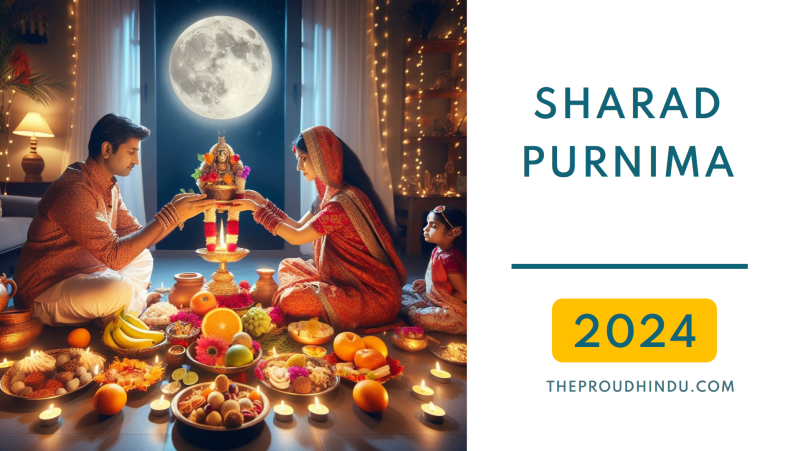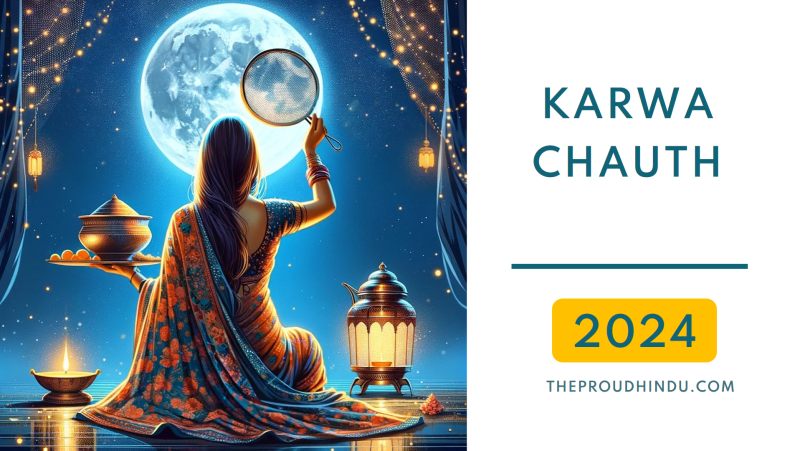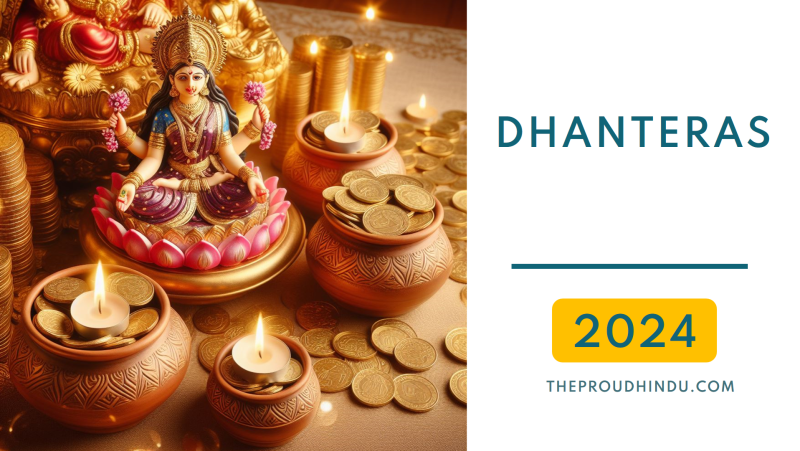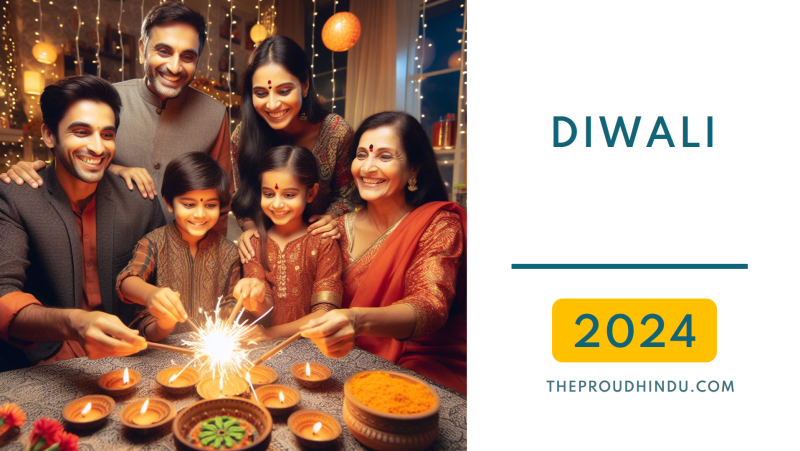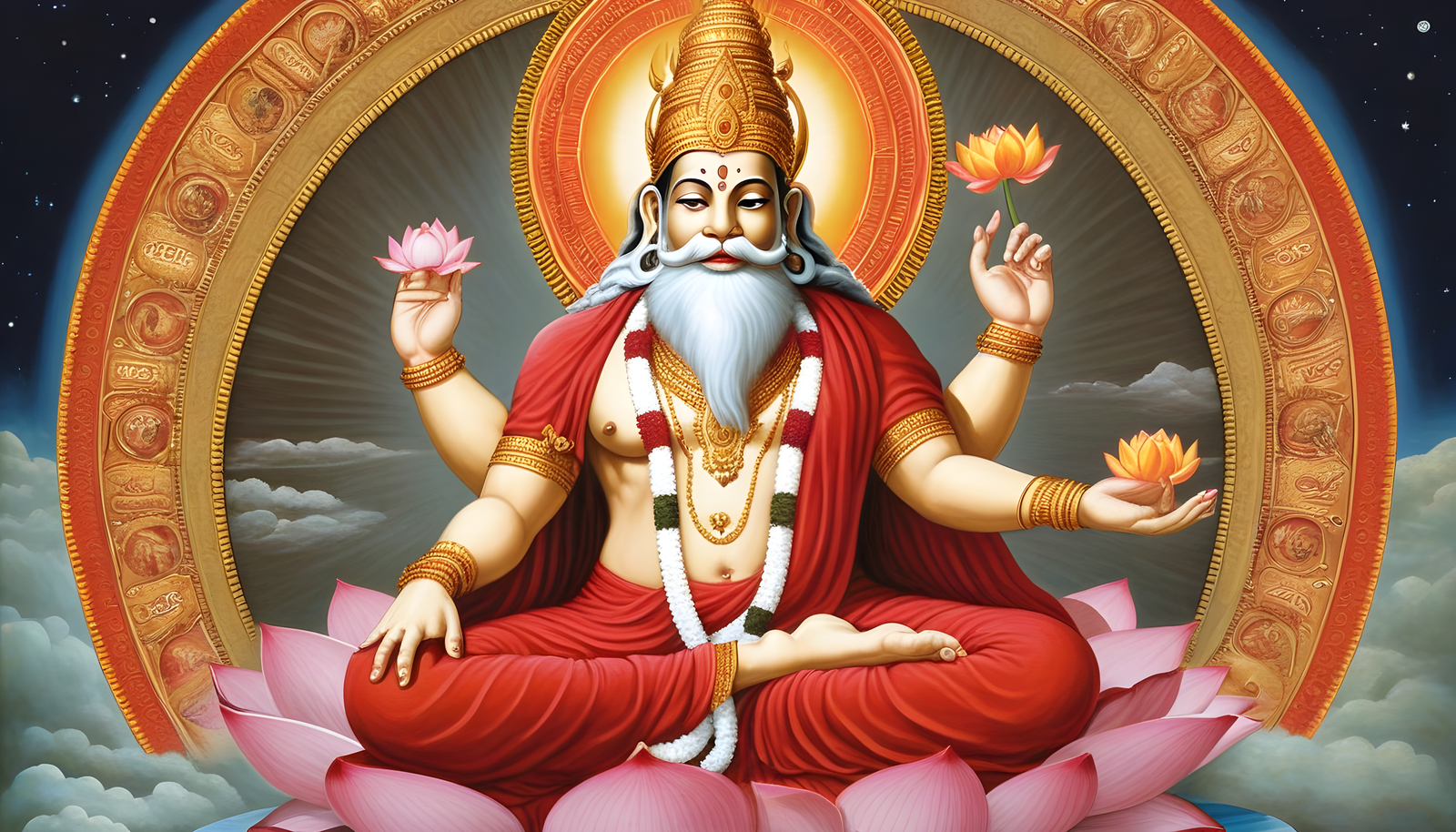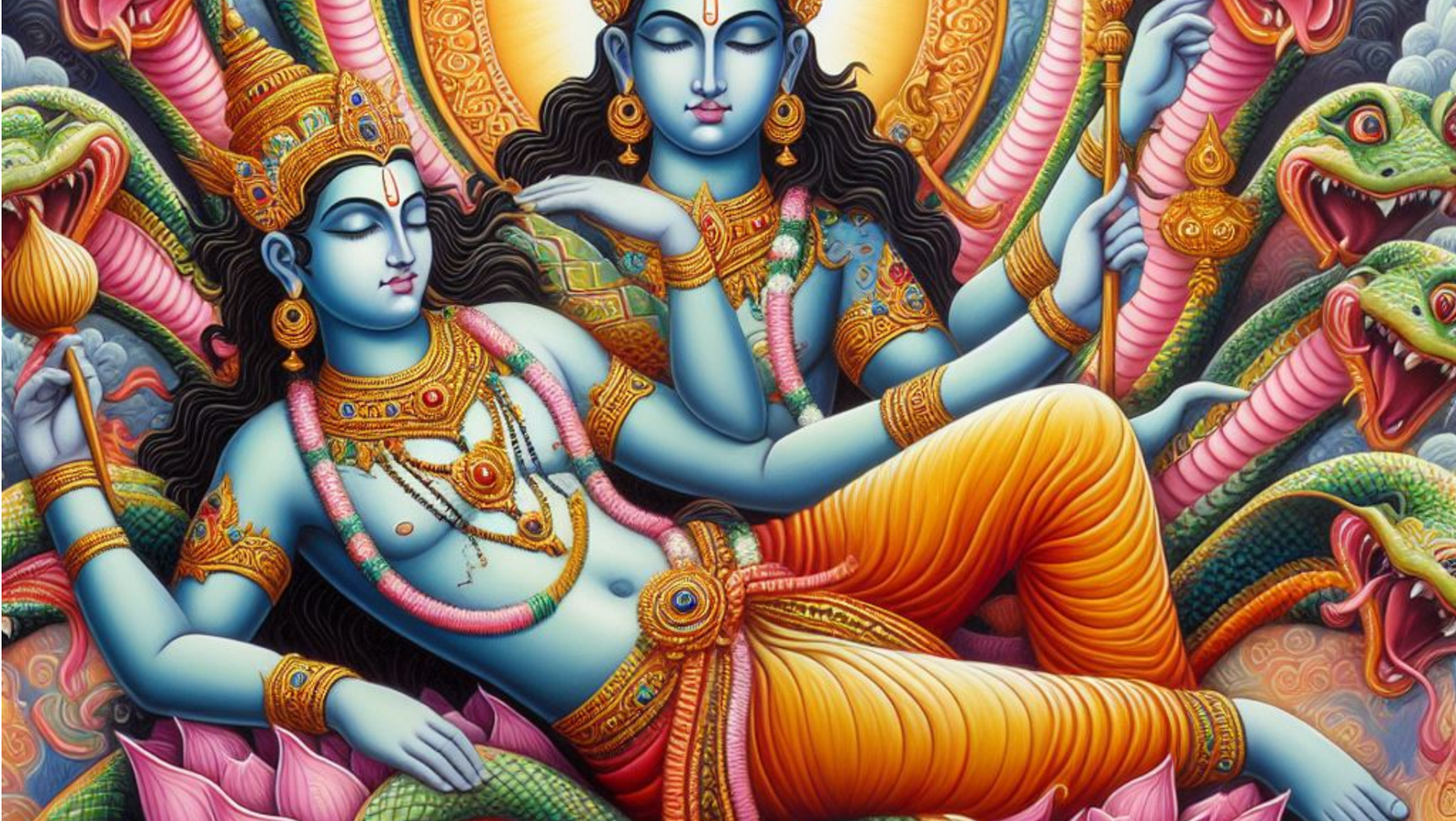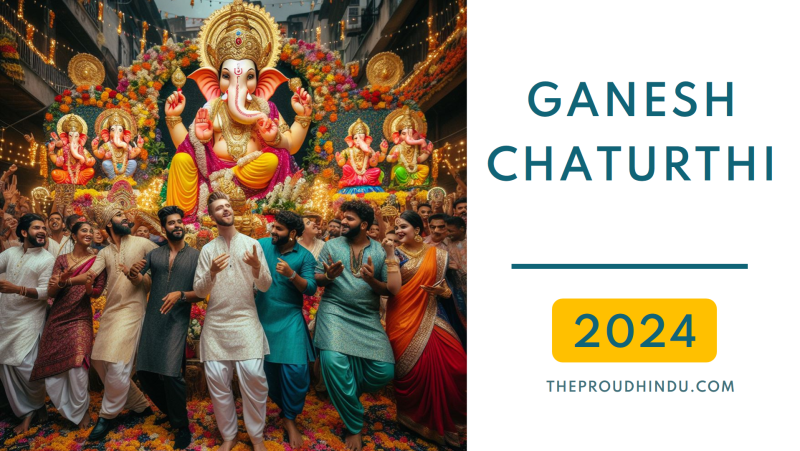
About Ganesh Chaturthi 2025 Festival
Ganesh Chaturthi, also known as Vinayaka Chaturthi or Ganesh Visarjan, is a significant Hindu festival honoring the birth of Lord Ganesha, the beloved deity symbolizing wisdom, prosperity, and the remover of obstacles. This vibrant celebration spans over ten days and is observed with immense fervor in various parts of India, particularly in Maharashtra. Elaborate idols of Lord Ganesha are crafted and installed in homes and pandals, beautifully adorned with flowers and decorations. Devotees gather to offer prayers, perform rituals, and partake in cultural festivities, including singing devotional songs and organizing colorful processions. The culmination of Ganesh Chaturthi is marked by the Visarjan, where the idols are immersed in water bodies, symbolizing the deity's departure and his return to Mount Kailash, amidst heartfelt chants and fervent adoration from devotees, signifying the end of the festival with a sense of spiritual fulfillment and blessings for the year ahead.
Ganesh Chaturthi 2025 Start And End Date
Ganesh Chaturthi in 2025 will start on Wednesday, 27 August 2025 and end on Monday, 16 September 2024, which is Anant Chaturdashi
Story Behind Ganesh Chaturthi
The story behind Ganesh Chaturthi revolves around the birth of Lord Ganesha, the beloved elephant-headed son of Lord Shiva and Goddess Parvati in Hindu mythology.
Legend has it that Goddess Parvati created Ganesha out of sandalwood paste while she was bathing and breathed life into the idol, instructing him to guard the entrance while she took a bath. As fate would have it, Lord Shiva returned home but was denied entry by the young Ganesha, as per his mother's orders. An enraged Shiva, unaware of Ganesha's true identity, engaged in a fierce battle with him and ultimately severed Ganesha's head.
Upon realizing Ganesha's true lineage and the mistake made in beheading him, Lord Shiva was filled with remorse and grief. To placate Goddess Parvati and rectify the situation, Lord Shiva promised to bring Ganesha back to life. He instructed his followers (Ganas) to bring the head of the first living being they encountered, facing north. The first creature they encountered was an elephant, and so, its head was affixed to Ganesha's body, restoring him to life and granting him the distinctive appearance of an elephant-headed deity.
This resurrection of Lord Ganesha is celebrated as Ganesh Chaturthi, marking his birthday and honoring his wisdom, intelligence, and ability to remove obstacles from devotees' lives. The festival symbolizes new beginnings, prosperity, and the triumph of good over evil.
Ganesh Sthapana 2025
Ganesh Sthapana, also known as the installation of Lord Ganesha, is a revered ritual marking the beginning of Ganesh Chaturthi celebrations. This ritual involves the ceremonial installation of the idol or image of Lord Ganesha in homes, temples, or public pandals. Here is a detailed description of Ganesh Sthapana:
1. Preparation: Prior to the auspicious day of Ganesh Chaturthi, devotees clean and sanctify the area where the idol of Lord Ganesha will be placed. They prepare for the installation by decorating the space with flowers, leaves, rangoli (decorative floor art), and other traditional adornments.
2. Idol Selection or Creation: Families or communities select or create an idol of Lord Ganesha. The idols can range from small ones for home worship to larger ones for public display. The idols are typically made of clay, eco-friendly materials, or plaster of Paris (preferably eco-friendly for environmental sustainability).
3. Prana Pratishtha: On the day of Ganesh Sthapana, a priest or a designated family member performs the Prana Pratishtha ritual. This ceremony involves invoking the divine essence (prana) into the idol by chanting sacred mantras, offering prayers, and performing specific rituals to welcome the presence of Lord Ganesha.
4. Ganesh Murti Sthapana: The idol or murti of Lord Ganesha is reverently placed on a decorated platform or altar. Devotees offer flowers, incense, and other sacred items to the deity while reciting prayers and hymns in devotion.
5. Ganpati Sthapana Puja: Throughout the ten-day festival, devotees offer daily prayers (puja), chant hymns dedicated to Lord Ganesha, and present various offerings like fruits, sweets (especially modak), and coconut as a mark of reverence and devotion.
6. Ganesh Sthapana Mantra: The Ganesh Sthapana Mantra is a sacred invocation chanted during the installation of Lord Ganesha's idol, invoking his divine presence. It typically includes the chant of "ॐ गं गणपतये नमः" (Om Gam Ganapataye Namah), a powerful mantra seeking blessings, wisdom, and the removal of obstacles from one's life..
7. Modak Distribution: Modak, believed to be Lord Ganesha's favorite sweet, is prepared and offered as prasad (sanctified food). It is then distributed among family members and devotees as a blessed offering.
8. Continued Celebrations: The installation of Lord Ganesha initiates ten days of joyous celebrations, cultural events, community gatherings, and processions dedicated to the deity, fostering unity and devotion among people.
Ganesh Sthapana symbolizes the welcoming of Lord Ganesha into homes and hearts, inviting his divine presence, blessings, and grace for the duration of the festival, signifying the onset of auspiciousness, wisdom, and the removal of obstacles.
What Is The Significance Of Ganesh Sthapana
Ganesh Sthapana, also known as the installation or establishment of Lord Ganesha's idol, holds significant spiritual and cultural importance during Ganesh Chaturthi celebrations. The act of Ganesh Sthapana marks the commencement of the festival and is performed with specific rituals and reverence.
Here's the significance of Ganesh Sthapana:
1. Invoking the Deity's Presence: Ganesh Sthapana involves invoking the divine presence of Lord Ganesha into the idol or image of Lord Ganesha. Through sacred chants (mantras) and rituals performed by priests or devotees, the idol is believed to be infused with spiritual energy, inviting the deity to reside in that form during the festival.
2. Worship and Adoration: It signifies the beginning of ten days of elaborate worship and adoration dedicated to Lord Ganesha. Devotees offer prayers, perform rituals, and seek blessings from the deity throughout the festival.
3. Removal of Obstacles: Lord Ganesha is revered as the remover of obstacles and the harbinger of good fortune. Ganesh Sthapana symbolizes the initiation of seeking Ganesha's blessings to overcome obstacles, both material and spiritual, in one's life and endeavors.
4. Commencement of Celebrations: Ganesh Sthapana marks the start of festive celebrations. Families and communities come together, offering their devotion and participating in various cultural events, rituals, and gatherings throughout the ten-day festival.
5. Cultural and Social Unity: The act of installing Lord Ganesha's idol brings communities and families together. It fosters a sense of unity, harmony, and cultural identity among devotees, transcending barriers of caste, creed, and social boundaries.
6. Symbol of Prosperity and Auspiciousness: The presence of Lord Ganesha in homes or public pandals during Ganesh Chaturthi is considered highly auspicious. It is believed to bring prosperity, wisdom, and positive energies into the lives of devotees.
7. Environmental Consciousness: Many communities opt for eco-friendly idols and decorations during Ganesh Sthapana, promoting environmental consciousness and encouraging the use of materials that are easily biodegradable, reducing environmental impact.
Ganesh Sthapana is not just a ritual; it carries deep spiritual and cultural significance, emphasizing the importance of devotion, unity, and seeking blessings from Lord Ganesha for a successful and harmonious life.
What Are The Rituals Involved In Ganesh Puja
Ganesh Chaturthi is celebrated with various rituals and customs that are observed with great enthusiasm and devotion across India. Here are some of the key rituals and customs associated with this festival:
1. Idol Installation: The festival begins with the installation of idols of Lord Ganesha in homes and public pandals. People purchase or create clay idols of Ganesha, beautifully decorated with flowers, garlands, and ornaments.
2. Prana Pratishtha: A priest or a family member performs the Prana Pratishtha ritual, invoking the presence of Lord Ganesha into the idol. This ritual involves chanting of mantras and performing specific ceremonies to infuse life into the deity.
3. Pooja (Prayers) and Aarti: Throughout the ten-day festival, devotees offer prayers, perform aarti (rituals involving light), and conduct special ceremonies dedicated to Lord Ganesha. They offer flowers, fruits, sweets, and other delicacies as bhog (offerings) to seek the deity's blessings.
4. Modak Offering: Modak, a sweet dumpling considered Lord Ganesha's favorite, is prepared and offered during prayers and rituals. It symbolizes devotion and is believed to please the deity.
5. Bhajans and Cultural Activities: Devotional songs, bhajans, and cultural programs are organized in homes and pandals, adding to the festive fervor. Traditional dances, dramas, and music performances are also common during this time.
6. Visiting Pandals: Devotees visit beautifully adorned pandals to offer prayers, seek Lord Ganesha's blessings, and admire the artistic decorations and themes associated with each pandal.
7. Ganpati Visarjan (Immersion): On the final day, Ananta Chaturdashi, the idols are carried in processions with great pomp and devotion to nearby water bodies for immersion (Visarjan). The immersion symbolizes Lord Ganesha's return to his celestial abode and the cycle of creation and dissolution. The devotees bid farewell with chants and prayers, hoping for his return the following year.
These rituals and customs vary in different regions of India, with unique cultural elements and traditions specific to each community. However, the essence of Ganesh Chaturthi remains consistent—a celebration of Lord Ganesha's presence, wisdom, and blessings, while fostering unity, joy, and spiritual fervor among devotees.
Ganesh Puja Mantra
There are various mantras dedicated to Lord Ganesha that are chanted during Ganesh Puja to invoke his blessings and seek his guidance. One of the most commonly chanted mantras is the "Ganesh Maha Mantra" or "Ganesh Gayatri Mantra." Here are a few popular Ganesh mantras:
1. Ganesh Gayatri Mantra: "ॐ एकदन्ताय विद्धमहे, वक्रतुण्डाय धीमहि। तन्नो दन्ति प्रचोदयात्॥" "Om Ekadantaya Viddhamahe, Vakratundaya Dhimahi, Tanno Danti Prachodayat."
2. Ganesh Maha Mantra: "ॐ गं गणपतये नमः॥" "Om Gam Ganapataye Namah."
3. Ganesh Beej Mantra: "ॐ गं गणेशाय नमः॥" "Om Gam Ganeshaya Namah."
Chanting these mantras with devotion and sincerity during Ganesh Puja is believed to invoke Lord Ganesha's blessings, wisdom, and the removal of obstacles. Devotees often recite these mantras multiple times as a part of their prayer routine, expressing reverence and seeking divine intervention in their lives.
Ganpati Decoration At Home
Decorating the home during Ganesh Chaturthi is a cherished tradition that involves creating a beautiful and auspicious ambiance to welcome Lord Ganesha. Here are some ideas for Ganpati decoration at home:
1. Pandal or Altar Setup: Designate a specific area in your home as a pandal or altar for placing the idol of Lord Ganesha. It could be a table, a platform, or a dedicated space adorned with bright-colored cloths, traditional decorations, and flowers.
2. Idol and Decorations: Choose or create an idol of Lord Ganesha that fits your space. Decorate the idol with flower garlands, ornaments, and jewelry. You can use fresh flowers, artificial flowers, or cloth decorations to adorn the backdrop.
3. Themed Decor: Select a theme for your decorations. It could be traditional, modern, nature-inspired, or based on a specific concept. Use items like decorative lights, colorful drapes, rangoli (colorful floor art), torans (door hangings), and paper or fabric buntings to enhance the theme.
4. Floral Arrangements: Fresh flowers add vibrancy and beauty to the decor. Create elaborate floral arrangements around the pandal or altar. Marigolds, roses, and jasmine are commonly used flowers for Ganesh Chaturthi decorations.
5. Traditional Elements: Incorporate traditional elements like brass or silver diyas (lamps), bells, incense holders, and decorative pots. Place these items strategically around the idol for an authentic touch.
6. Lighting: Illuminate the space with soft and colorful lighting. String lights, lanterns, diyas, and candles can create a warm and welcoming atmosphere.
7. Backdrop and Wall Decor: Adorn the walls around the altar with pictures or paintings of Lord Ganesha, decorative hangings, or wall decals related to the festival.
8. Rangoli: Create intricate rangoli designs near the entrance or around the pandal using colored powders, flower petals, or colored rice. These designs symbolize auspiciousness and add to the festive vibe.
9. Offerings Display: Arrange the offerings like fruits, sweets, and modak in a decorative manner near the idol. Use traditional plates or decorative trays for offering prasad.
10. Family Involvement: Involve family members in the decoration process. Encourage everyone to contribute ideas and participate in creating a joyous and festive environment.
While decorating, prioritize eco-friendly materials and avoid non-biodegradable items that may harm the environment. Create a beautiful and sacred space that reflects your reverence and devotion towards Lord Ganesha during Ganesh Chaturthi celebrations at home.
Significance Of Ganesh Visarjan In Ganesh Chaturthi
The immersion of Ganesh idols, known as Ganesh Visarjan, holds immense significance in Ganesh Chaturthi celebrations. It marks the conclusion of the ten-day festival and involves immersing the idols of Lord Ganesha into water bodies, such as rivers, lakes, or seas. Here are the key significances of Ganesh Visarjan:
1. Symbolism of Lord Ganesha's Departure: The immersion ritual symbolizes the departure of Lord Ganesha from the mortal world to his celestial abode in Mount Kailash, believed to be his divine dwelling. It signifies his return to the heavenly realms after bestowing blessings upon his devotees during the festival.
2. Cycle of Creation and Dissolution: Ganesh Visarjan represents the cyclical nature of life, creation, and dissolution. Just as Lord Ganesha is welcomed with fervor and celebration, his departure signifies the transient nature of existence and the eventual dissolution of material forms.
3. Teaching of Impermanence: It reminds devotees of the impermanent nature of life and material possessions. The immersion serves as a spiritual lesson, encouraging detachment from worldly attachments and emphasizing the importance of embracing change and letting go.
4. Renewal and Rejuvenation: Ganesh Visarjan is also symbolic of renewal and rejuvenation. It marks the conclusion of one cycle and the beginning of another, signifying the commencement of new endeavors and opportunities.
5. Environmental Awareness: In recent times, there's a growing emphasis on eco-friendly celebrations, encouraging the use of biodegradable idols and natural materials to minimize environmental pollution caused by the immersion of non-biodegradable idols. Many communities and organizations promote eco-friendly immersions to protect water bodies and preserve the environment.
6. Community Bonding and Farewell: Ganesh Visarjan brings communities together in a grand procession to bid farewell to Lord Ganesha. Devotees participate in joyous processions with music, dance, and chants, expressing gratitude and seeking blessings while accompanying the idols for immersion.
Ganesh Visarjan is a poignant moment filled with emotions, devotion, and a sense of spiritual closure. It signifies the end of the festival with prayers for Lord Ganesha's swift return the following year to bless devotees once again.
Traditional Foods Prepared During Ganesh Chaturthi
Ganesh Chaturthi, being a festival celebrated with great joy and enthusiasm, has a range of traditional foods associated with it. Some of the popular and traditional dishes prepared during this festival include:
1. Modak: Modak is considered Lord Ganesha's favorite sweet. These steamed or fried dumplings are made with rice flour or wheat flour stuffed with a mixture of grated coconut, jaggery or sugar, cardamom, and nuts. Modaks come in various shapes and sizes and are offered as prasad (offering) during puja and distributed among devotees.
2. Ukadiche Modak: A variation of modak, Ukadiche Modak is a Maharashtrian specialty where the dumplings are made with a soft outer covering of rice flour and filled with a sweet mixture of coconut, jaggery, and nuts. They are steamed rather than fried.
3. Puran Poli: This sweet flatbread is made with a stuffing of chana dal (split chickpeas), jaggery, cardamom, and nutmeg wrapped in a dough made of wheat flour. It is then cooked on a griddle with ghee (clarified butter) and served as a delightful treat during the festival.
4. Karanji: Karanji, also known as Gujiya in some regions, is a deep-fried sweet dumpling. It is made by stuffing a mixture of grated coconut, sugar or jaggery, and nuts into a semolina or wheat flour-based dough, forming a crescent shape before frying.
5. Coconut Rice: A simple yet flavorful dish made with rice, grated coconut, and aromatic spices like mustard seeds, curry leaves, and dry red chilies. It's a popular savory dish offered to Lord Ganesha.
6. Ladoos: Besan (chickpea flour) or rava (semolina) ladoos, made by roasting flour with ghee, sugar, and nuts, are also prepared as offerings during Ganesh Chaturthi. These round-shaped sweet balls are a favorite among devotees.
7. Sundal: In South India, Sundal, a savory snack made with legumes like chickpeas (chana), black chickpeas (kala chana), or green gram (moong dal), is seasoned with coconut, mustard seeds, curry leaves, and spices. It's offered as prasad and also served to guests during the festival.
These traditional dishes hold cultural significance and are prepared as offerings to Lord Ganesha during puja, shared among family and friends, and enjoyed as part of the festive celebrations during Ganesh Chaturthi.
How is Ganesh Chaturthi celebrated in different states in India
Ganesh Chaturthi, being a widely celebrated festival in India, is observed with unique customs, rituals, and fervor in various states across the country. Here's a glimpse of how Ganesh Chaturthi is celebrated in different states:
1. Maharashtra: Ganesh Chaturthi holds immense significance in Maharashtra. The festival here is marked by grand processions, elaborate decorations, and the installation of huge Ganesh idols in public pandals. The ten-day festival witnesses cultural events, music, dance performances, and vibrant processions called 'visarjan' on the final day, where the idols are immersed in water bodies amidst enthusiastic chants.
2. Andhra Pradesh and Telangana: In these states, Ganesh Chaturthi is known as Vinayaka Chavithi. The celebrations include installing idols in homes, offering prayers, performing pujas, and preparing various sweets and dishes like modak, laddus, and kudumulu (steamed rice balls) as offerings to Lord Ganesha.
3. Tamil Nadu: Ganesh Chaturthi, referred to as Pillayar Chaturthi, is celebrated with devotion and grandeur. Idols of Lord Ganesha are installed in homes and temples. Special prayers, pujas, and offerings of modak, kozhukattai (sweet dumplings), and sundal (legume-based snack) are made to the deity.
4. Karnataka: The festival is known as Ganesh Habba in Karnataka. It involves the installation of Ganesh idols at homes and temples. People prepare traditional dishes like modak, kadubu (rice flour dumplings), and various sweets as offerings to Lord Ganesha. Public pandals are also set up, andprocessions are organized during the festival.
5. Gujarat: Ganesh Chaturthi, or Ganesh Utsav, is celebrated with great enthusiasm in Gujarat. The festival involves installing idols at homes and in public places. Families prepare traditional dishes like modak, shrikhand, kheer, and fafda (crispy snack) as offerings to Lord Ganesha.
6. Goa: Ganesh Chaturthi, known as Chavath in Konkani, is celebrated with traditional rituals. The festival includes the installation of idols in homes and the preparation of various dishes like modak, nevri (sweet pastry), and kheer as offerings to Lord Ganesha. Public processions with vibrant decorations are also part of the celebrations.
While the essence of Ganesh Chaturthi remains the same across India, each region adds its unique cultural elements, customs, and traditional dishes to the celebrations, making it a diverse and vibrant festival celebrated with immense joy and devotion.
Different Types Of Ganesh Idols Used During Ganesh Chaturthi
During Ganesh Chaturthi, a variety of idols representing Lord Ganesha are used for worship, each with its unique characteristics and symbolism. Here are some different types of Ganesh idols commonly used during the festival:
1. Sitting or Seated Ganesha: This form depicts Lord Ganesha seated in a meditative posture, known as the "Sukhasana" pose, with one leg resting on the ground and the other leg folded. It symbolizes peace, tranquility, and wisdom.
2. Standing Ganesha: In this form, Lord Ganesha is depicted standing upright with four arms. He usually holds symbolic objects like the broken tusk, an axe, a noose, or a modak (sweet dumpling). Standing Ganesha idols represent power, protection, and strength.
3. Dancing Ganesha (Nritya Ganapati): This form shows Lord Ganesha dancing gracefully in a divine pose. The idol captures the beauty and elegance of Lord Ganesha's dance and signifies his joyful and creative aspects.
4. Ganpati with Five Heads (Panchmukhi Ganesha): In some depictions, Lord Ganesha is portrayed with five heads and ten arms, symbolizing his supremacy over the five elements of nature. Each head represents a different element and direction, signifying his cosmic presence.
5. Bal Ganesha (Child Ganesha): Bal Ganesha portrays Lord Ganesha as a child, often depicted playing with toys or holding a modak. It symbolizes innocence, purity, and the childlike charm of the deity.
6. Ekadanta Ganesha: In this form, Lord Ganesha is depicted with a single tusk, holding a broken tusk in one of his hands. It represents self-discipline, determination, and the ability to overcome obstacles.
7. Sankatahara Ganesha: This form of Lord Ganesha is worshipped for the removal of obstacles and troubles. He is depicted with four arms and is believed to alleviate difficulties and grant success.
8. Ashtavinayak Idols: In some regions, Ashtavinayak idols depict eight different forms of Lord Ganesha, each representing a specific temple in Maharashtra. Each form has a distinct appearance and significance associated with a particular pilgrimage site.
These various types of Ganesh idols hold symbolic significance and are chosen based on personal beliefs, cultural traditions, and the specific attributes or blessings devotees seek during the Ganesh Chaturthi festival.
Ganesh Chaturthi Date
| Year | Date | Day |
|---|---|---|
| Ganesh Chaturthi 2023 Date | 19 September 2023 | Tuesday |
| Ganesh Chaturthi 2024 Date | 07 September 2024 | Saturday |
| Ganesh Chaturthi 2025 Date | 27 August 2025 | Wednesday |
| Ganesh Chaturthi 2026 Date | 15 September 2026 | Tuesday |
| Ganesh Chaturthi 2027 Date | 04 September 2027 | Saturday |
You may also like …
Are You The Proud Hindu?
The Trimurti
Create an account to join us and start taking part in conversations.
SIGNIN
